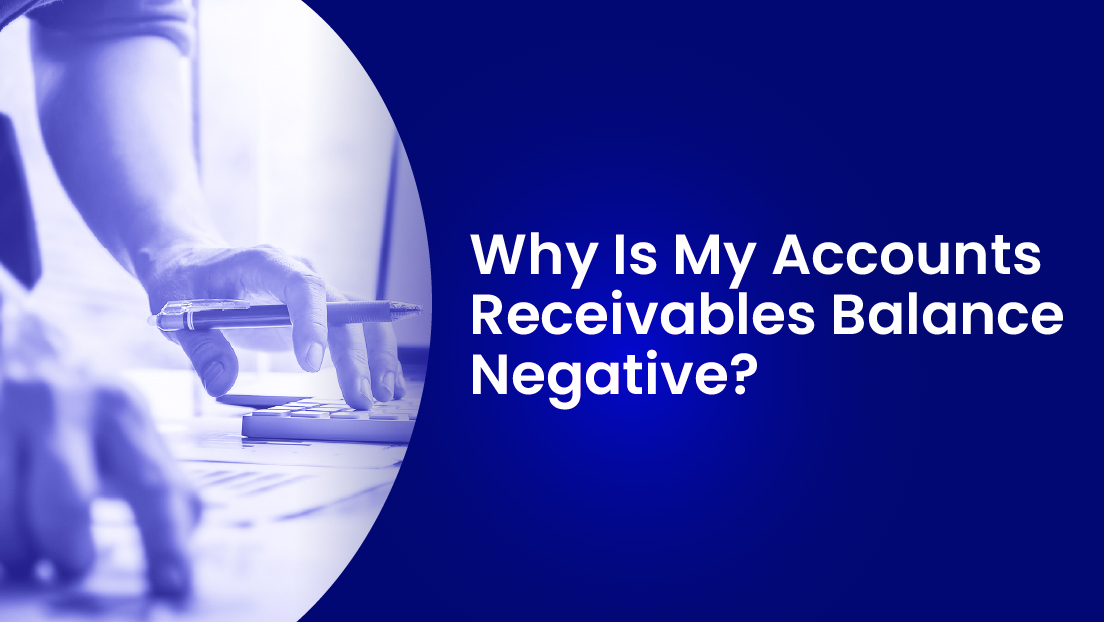When customers owe you money, you might need proof to move through the resolution process. One way to do this involves seeking a debt validation letter. You have likely heard this term before but need more information on what it is, how it works, and whether it is the right approach for your business. So, let us review this approach to securing proof of debt.
What Is a Debt Validation Request?
This is a form or letter you can send to the debtor that asks them to provide proof that they owe you money. This notice must come with language informing the debtor that you will take legal action if they do not respond within 30 days. Naturally, you cannot continue with collection attempts if you receive payment after sending this request.
You might be wondering why you would take this route. After all, you know the customer owes you money. The answer is that debt validation protects you if the debtor later says they do not owe the debt. It also might encourage payment if the debtor was unsure of how much they owed.
How to Verify a Debt Via a Letter Request
If you decide to send a debt validation request, you need to include specific language in the letter. This consists of the following information:
- The amount of the debt
- That you are seeking validation of the debt
- Your intent to take legal action if the debtor does not respond
- The date by which you expect a response
Financial professionals also recommend sending this notice via certified mail with the return receipt requested. This way, you have physical proof the debtor received your request.
You might also want to consider using an automated debt collection system to manage this process for you. These platforms can automate sending debt validation letters and other communications throughout the collections process.
When Is the Best Time to Seek Debt Verification?
The best time to send debt validation requests is during the pre-collection stage. This stage refers to when you first attempt to collect payment and when you decide to hand off the account to a professional collections agency.
You want to send this request early because you want to give the debtor time to respond. If they do not respond within 30 days, you can move on to other collections activities.
You also want to send the request early because you don’t want the debtor to feel harassed. Sending this notice at the beginning of collections shows you are taking a professional approach and giving them a chance to respond.
How To Verify the Debt Internally
One way to confirm the debt and whether it passes average payment standards is by using one of two debtors collection period formulas. These formulas consider the number of days it takes to collect payment. You can use this to determine the number of days before you request proof of debts owed.
- 365 ÷ (net credit sales ÷ average A/R balance) = average collection period
- (A/R balance ÷ total net sales) x 365 = average collection period
You can also use an automated system to help you manage this process. These platforms can automate sending debt validation letters and other communications throughout the collections process.
How Automated Accounts Receivable Software Can Help
Automated debt collection software can help you save time and money while managing your accounts receivable. These platforms can automate sending debt validation letters and other communications throughout the collections process. They can also help you track your accounts receivable aging report, so you always know who owes you money and how much they owe. This information is critical to effective collections.
If you are looking for a way to improve your collections process and automate proof of debt, consider Gaviti. We have engineered our software to accelerate cash payments to your business and reduce the need to pursue collections. Speak to a Specialist to get started.






















